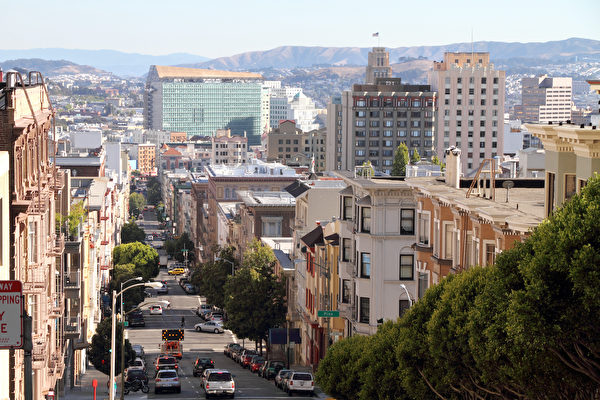The California Assembly Select Committee on Happiness and Public Policy recently released its annual survey report for the 2023-2024 period, ranking the happiness levels of residents in the 58 counties of California. The results revealed many unexpected findings.
The top 5 happiest counties in California are Alpine County in Northern California, Marin County, Placer County, Yolo County, and San Luis Obispo County in Central California. Orange County, a favorite among the Chinese community in Southern California, ranks 8th. Alpine County, with a population of just over a thousand people, located south of Lake Tahoe and bordering Nevada, topped the list as the happiest county in California. Marin County is situated north of San Francisco, while Placer County and Yolo County are close to the state capital of Sacramento.
Despite only receiving responses from a few residents, Alpine County claimed the first spot in happiness ranking. Marin County, ranking second, could place 7th globally when comparing happiness indexes with people from around the world. Even Lake County, with the lowest life satisfaction score of 6.64 out of 10 in California, could rank 22nd globally.
The five least happy counties in California are all in Northern California: Yuba County, adjacent to the third and fourth happiest counties, ranks fifth from last; Del Norte County and Modoc County, located at the northern ends, rank second and fourth from last, respectively; Mariposa County falls in between them, while Lake County, home to the oldest natural lake, ranks at the bottom.
Counties belonging to major metropolitan areas such as Santa Clara County (including San Jose), San Francisco County, San Diego County, and Los Angeles County ranked 12th, 20th, 22nd, and 29th, respectively.
Among the top 10 happiest counties in California, seven are located along the coast, with median incomes higher than the state average. In contrast, nine of the 10 least happy counties are inland with median incomes below the state average.
Mark Baldassare, the director of the statewide survey at PPIC and president of the Miller Public Policy Institute, cited a survey result indicating that households with incomes below $40,000 have a notably high proportion (39%) feeling unhappy.
The happiness survey categorized happiness levels into three tiers: Very Happy, Pretty Happy, and Not Too Happy. Compared to the initial survey in 1998, the happiness level of Californians has notably decreased. In 1998, 28% of respondents felt “Very Happy,” which dropped to 16% in the latest survey. The proportion of those feeling “Pretty Happy” remained relatively stable, while the percentage of Californians feeling “Not Too Happy” doubled from 13% to 26%.
Different age groups experience varying levels of happiness. In a survey conducted in September among young Californians aged 18-34, 30% reported feeling “Not Too Happy,” a stark increase from 10% in 1998. Experts attribute this rise in despair among American young people, particularly females, since 2009.
Experts also emphasize the numerous benefits of happiness: a heightened sense of happiness can improve overall health, lead to longer lifespans, facilitate recovery from illnesses, boost work efficiency, encourage active participation in volunteer services, and generate greater economic and social benefits.
The report underscores the close relationship between happiness levels and aspects of life quality such as work, leisure, and housing. Additionally, daily experiences and behaviors have a significant impact on happiness levels, often more crucial than perceived. Quoting past studies, the report highlights the social nature of happiness; one’s happiness is influenced by the happiness of those around them. Positive social relationships are closely linked to happiness levels and can even offset the impact of income on happiness.

